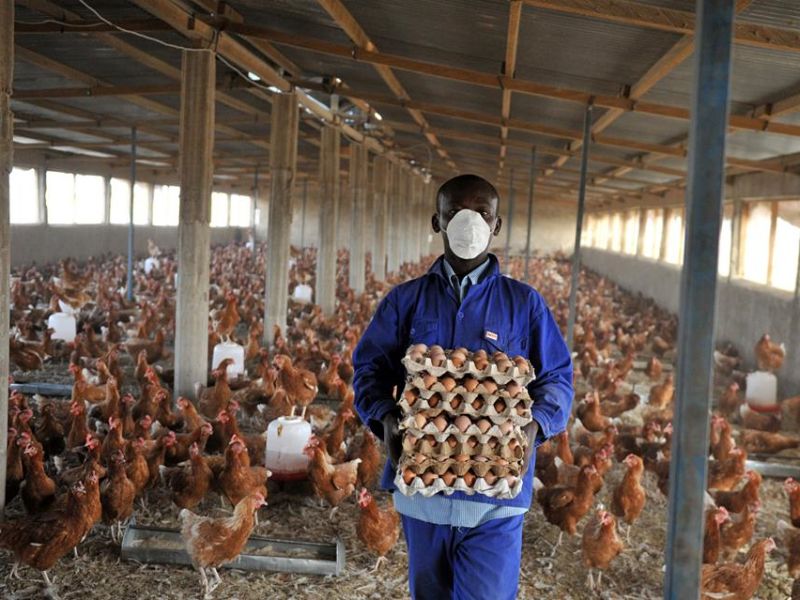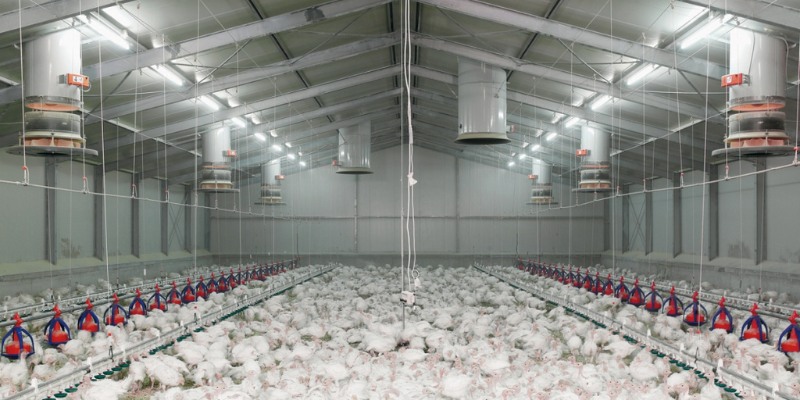
How Much Does a Poultry Farm Earn in Kenya?
Poultry farming has become a cornerstone of agricultural production in Kenya, boosting the livelihoods of numerous families and contributing significantly to the country’s economy. As a professional in poultry farming machinery manufacturing, understanding how much a poultry farm can earn in Kenya is essential for both aspiring farmers and industry stakeholders. This article explores the factors that influence earnings and provides insights into the income from poultry farms in Kenya.
Overview of Poultry Farming in Kenya
Kenya’s poultry sector comprises a variety of operations, including smallholder farms and large commercial enterprises. The primary products are broilers (raised for meat) and layers (raised for egg production). The growing demand for poultry products, driven by population growth and urbanization, positions this sector as a viable business opportunity with considerable earning potential.
Income from Poultry Farms in Kenya: Key Factors
Several factors impact how much a poultry farm earns in Kenya, influencing both revenue generation and operational costs. Understanding these elements is crucial for maximizing profitability.
- Scale of Production
The scale at which a poultry farm operates is one of the most significant determinants of income. Small-scale farmers may raise between 50 to 500 birds, while large-scale operations can manage thousands. Larger farms benefit from economies of scale, reducing per-unit costs and enhancing profit margins. Consequently, the income from poultry farms in Kenya varies widely based on the scale of production. - Type of Poultry Farming
Different types of poultry farming yield different income levels. Broiler farming typically involves quicker turnover, as chickens are ready for market within six to eight weeks. In contrast, layer farms may take longer to generate income but provide a steady cash flow through egg sales over time. Each type presents unique financial dynamics, affecting how much a poultry farm earns in Kenya. - Market Demand and Pricing
Price fluctuations based on market demand can significantly influence the revenue generated by poultry farms. During peak seasons—such as holidays or festive periods—demand for chicken meat and eggs surges, often leading to higher prices. Farmers who align their production cycles with these trends can maximize their income from poultry farms in Kenya. - Feed and Operational Costs
The cost of feed is a critical factor in determining net income. Quality feed accounts for up to 70% of total production costs in poultry farming. Access to affordable, high-quality feed directly impacts the profitability of a poultry operation. Additionally, other operational costs, such as housing, veterinary care, and labor, must also be managed effectively to enhance overall earnings. - Management Practices
Successful poultry farming requires efficient management practices. Implementing biosecurity measures, optimizing feeding routines, and ensuring proper health care for the birds can reduce mortality rates and improve weight gain. Farms that adopt best management practices typically see higher productivity and, consequently, increased income from poultry farms in Kenya. - Technology Adoption
The integration of technology in poultry farming can significantly improve efficiency and yield. Advanced feeding systems, climate control, and monitoring devices help maintain optimal conditions for poultry health and growth. By investing in technology, farmers can reduce losses and maximize how much a poultry farm earns in Kenya. - Government Support and Policies
Government initiatives aimed at supporting the agricultural sector can influence the earnings of poultry farmers. Programs offering subsidies for feed, vaccines, and training can enhance productivity and profitability. Awareness of available resources can help farmers make informed decisions that positively affect their income.
Potential Earnings from Poultry Farming in Kenya
To illustrate how much a poultry farm can earn in Kenya, let’s look at some realistic scenarios:
- Broiler Farming Example:
A farmer operating a broiler farm with 1,000 birds might incur startup costs of approximately KES 150,000 (about USD 1,000), including chicks, feed, and vaccinations. If each bird fetches an average selling price of KES 400 (USD 2.70), the total revenue would amount to KES 400,000 (USD 2,700). After deducting the initial investment and ongoing costs, the net profit could reach around KES 250,000 (USD 1,700). - Layer Farming Example:
In a layer farming scenario, a farmer raising 500 hens could spend about KES 100,000 (USD 670) on initial setup. Assuming each hen lays an average of five eggs weekly, the total weekly production would be around 2,500 eggs. Selling these at KES 10 (USD 0.067) each could result in a weekly income of KES 25,000 (USD 167), leading to a monthly gross revenue of KES 100,000 (USD 670). After accounting for expenses, the monthly profit might range between KES 30,000 and KES 40,000 (USD 200 to USD 270).
From these examples, it is evident that a well-managed poultry farm in Kenya can earn between KES 30,000 to KES 250,000 (USD 200 to USD 1,700) or more per month, depending on the scale and management practices.
Challenges Impacting Income from Poultry Farms in Kenya
While poultry farming has the potential for substantial earnings, several challenges may inhibit farmers from maximizing their income:
- Disease Outbreaks
Avian diseases such as Newcastle disease and avian influenza can devastate poultry populations, leading to significant financial losses. Farmers must invest in biosecurity measures and regular veterinary care to mitigate this risk. The cost associated with disease management can detract from the income from poultry farms in Kenya, making effective disease prevention essential. - Access to Financial Resources
Many aspiring poultry farmers face barriers related to financing, limiting their ability to start or expand their operations. Without adequate funding, important investments in equipment and infrastructure may be postponed, impacting overall productivity and profitability. - Market Saturation
Increased competition in the poultry market can lead to price wars, which may depress profits. Farmers must find ways to differentiate their products—such as by focusing on organic or free-range options—to remain competitive and maintain their income levels. - Fluctuating Feed Prices
The volatility of feed prices due to factors such as climatic conditions and global market trends poses a challenge to profitability. Farmers need to devise strategies for managing feed costs effectively, whether through bulk purchasing agreements or exploring alternative feed sources. - Regulation Compliance
Navigating government regulations related to health and safety standards can be complex and time-consuming for poultry farmers. Non-compliance can lead to fines and operational shutdowns, negatively affecting income from poultry farms in Kenya.
Conclusion
In conclusion, how much a poultry farm earns in Kenya depends on various factors, including production scale, management practices, market conditions, and external challenges. With strategic planning and adaptability, poultry farmers have the opportunity to improve their income significantly. The income from poultry farms in Kenya can be substantial, particularly for those who embrace innovation and prioritize efficiency.
As the industry evolves, staying attuned to market trends and consumer demands will be crucial for success. Poultry farming not only provides a livelihood for many Kenyans but also plays a vital role in ensuring food security in the region. Through continued effort and investment, the sector can contribute even more substantially to the economic development of Kenya, benefiting farmers and consumers alike.

